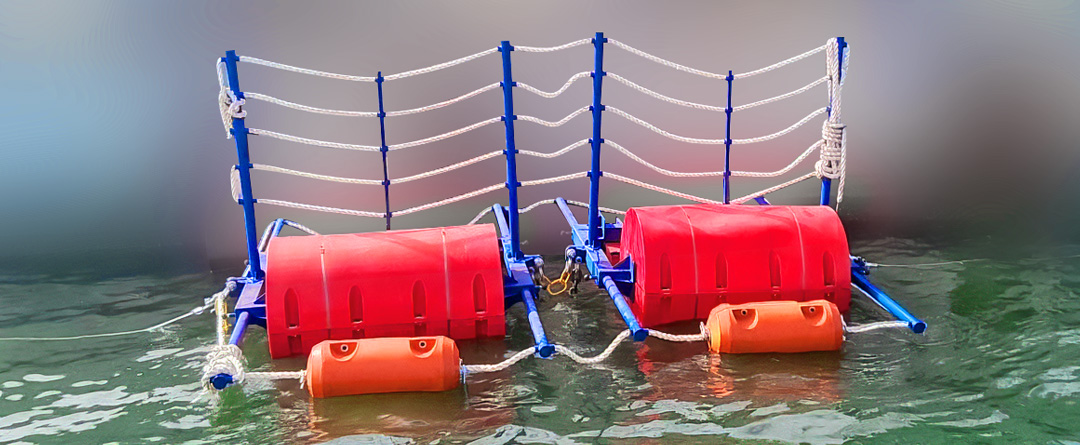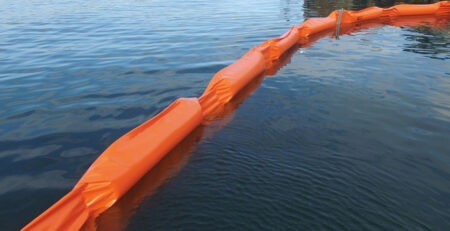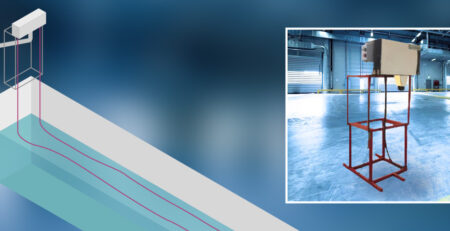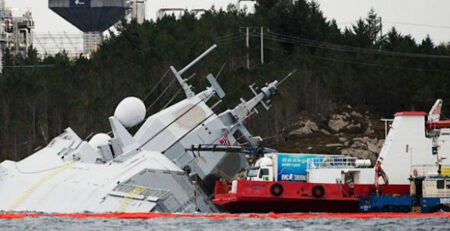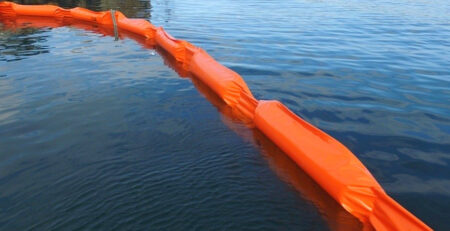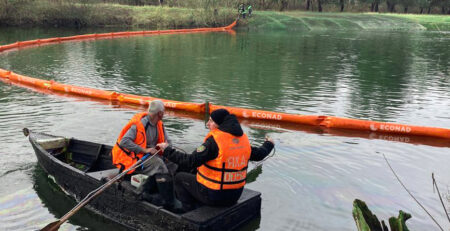Emerging Threats to Maritime Security
In today’s volatile geopolitical climate, safeguarding maritime infrastructure has become increasingly critical. Recent events underscore the vulnerability of maritime assets to various threats, including drone attacks, piracy, and geopolitical tensions
The rise of unmanned surface vessels (USVs), commonly known as drone boats, has introduced new challenges to maritime security. For instance, the Ukrainian military’s deployment of USVs against Russian forces in the Black Sea highlights the effectiveness of such technology in modern warfare. Similarly, Houthi rebels have utilized drone boats in the Red Sea, targeting commercial vessels and disrupting vital shipping lanes.
These incidents not only threaten individual vessels but also have broader implications for global trade and economic stability. The strategic importance of maritime routes means that any disruption can lead to significant economic consequences.
The Imperative for Advanced Maritime Security Solutions
Given these evolving threats, there is a pressing need for robust maritime security measures. Traditional defences are often inadequate against modern tactics such as drone attacks and cyber warfare. Implementing advanced security systems, including marine security barriers, is essential to protect critical infrastructure.
Marine security barriers, like the “Barracuda” system, offer a versatile solution designed to safeguard maritime facilities against waterborne attacks. Their modular design allows for easy maintenance and quick replacement in case of damage. Equipped with vessel intrusion prevention systems, these barriers enhance the protection of ports, oil terminals, and other sensitive installations.
Short introduction to marine Security Barriers “Barracuda” – as an advanced Protection for Maritime Infrastructure
Marine Security Barriers “Barracuda” are cutting-edge floating security barriers designed to provide unparalleled protection for critical maritime infrastructure. Their modular design, featuring identical and interchangeable components, ensures quick and easy maintenance, allowing seamless replacement in case of damage. These high-security floating barriers are engineered to prevent unauthorized vessel intrusion and mitigate potential threats posed by waterborne attacks.
Applications of Marine Protection Barriers
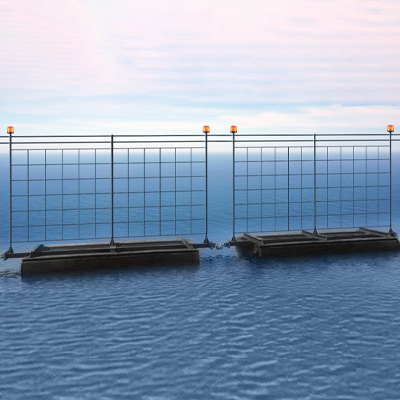
- Port security solutions
- Shipyard perimeter protection
- Maritime security fencing
- Oil terminal security barriers
- Nuclear power plant water barriers
- LNG facility water barriers
- Hydropower plant defence
- Coastal security barriers
- Bridge security barriers
- Military-grade maritime barriers
All these harbour offshore barriers incorporate a vessel intrusion prevention system, significantly enhancing security barriers for ports and other sensitive maritime sites.
Structural Design of Water Security Barriers
1. Robust Outer Frame
The outer frame of our boat deterrent barriers is constructed using high-strength H-beams, providing superior rigidity and resistance against wave forces and sudden wind gusts. Critical connection points experiencing bending loads are reinforced with stiffeners and, in some cases, additional spacers, ensuring maximum stability in water-based security systems.
With its exceptional structural integrity, the outer frame is capable of stopping not only water drones but also small vessels, making it an integral part of any harbor defence solution.
All frame components are secured using high-strength bolted fasteners and corrosion-resistant stainless steel hardware (Class A2), ensuring long-term durability in marine environments. The central steel I-beam withstands significant torsional and bending loads, ensuring even load distribution along each barrier section.
2. Floating Elements for Maximum Stability
The floating elements are attached to both sides of the outer frame, providing buoyancy while serving as anti-terrorism marine barriers to prevent unauthorized vessel intrusions.
Each floating element is made of thick-walled, impact-resistant polyethylene, offering maximum UV resistance and long-term durability.
To enhance structural strength, the polyethylene floats feature an internal steel reinforcement that ensures even load distribution at attachment points. This reinforcement significantly reduces horizontal and vertical loads from wave action, allowing the barriers to withstand variable marine conditions.
Additionally, the internal volume of the floats is filled with polyurethane foam (density: 30 kg/m³) with a low water absorption coefficient, ensuring buoyancy retention even in the event of external shell damage.
This superior construction makes our floating security barriers an ideal harbour offshore barrier solution.
Multi-Layer Protection for Maximum Efficiency
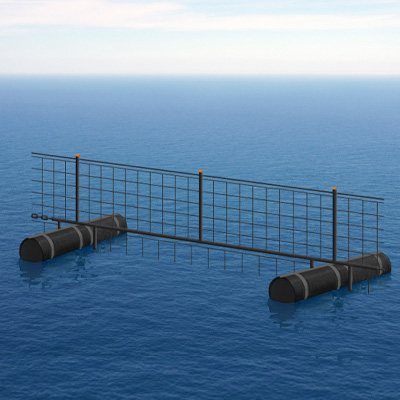
- Primary Protection: Reinforced Floating Elements
Internal steel channel reinforcement evenly distributes loads and reduces stress from wave action and vessel impacts.
Polyurethane foam core (30 kg/m³) maintains buoyancy even if the outer shell is damaged. - Secondary Protection: External Frame
The outer frame, made of smaller H-beams, provides high rigidity and resistance to wave forces, strong winds, and collisions with watercraft traveling at speeds up to 90 km/h. - Maximum Security: Anti-Terrorism & Anti-Intrusion Features
A metal mesh with 250×250 mm cells adds an additional layer of intrusion prevention.
Two high-strength cables (20 mm diameter) further reinforce the barrier structure, making it highly effective in military-grade maritime security applications.
Conclusion
In light of recent maritime security incidents, investing in advanced defence systems is not just prudent but necessary. Marine security barriers provide a tangible solution to emerging threats, ensuring the safety and continuity of global maritime operations.

